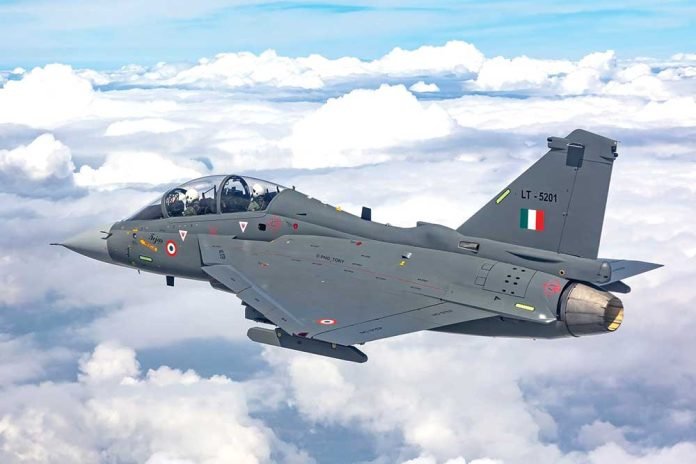New Delhi: The empowered committee for capability enhancement of the Indian Air Force (IAF), chaired by Defence Secretary Rajesh Kumar Singh, has delivered an extensive set of recommendations aimed at rapidly addressing the pressing shortfall in IAF capabilities, with a particular focus on the faster induction of fighter jets, mid-air refuellers, and airborne early warning and control (AEW&C) systems.
The panel’s report, classified as “secret,” was submitted in March, in the wake of the IAF chief’s public acknowledgment of severe squadron shortages and the urgent need to induct around 40 fighter jets annually to maintain combat readiness.
The committee highlighted the IAF’s current force level of about 30 fighter squadrons against an authorised strength of 42.5, marking the lowest count since 1965 and exposing vulnerabilities amid modernisation efforts by both China and Pakistan.
The air force’s operational readiness was found to be critically dependent on expediting both short- and long-term procurement and production efforts.
These include accelerating the induction of new fighter jets, such as the imminent government contract worth ₹67,000 crore to Hindustan Aeronautics Limited (HAL) for 97 additional Light Combat Aircraft (LCA) Mk-1As.
Advancing the Multi-Role Fighter Aircraft (MRFA) programme, with the IAF preparing to accelerate the process for procurement of 114 new fighters in collaboration with foreign OEMs and Indian partners.
Increasing the number of mid-air refuellers, with techno-commercial bids for six refuellers to be opened soon, as the existing Russian Ilyushin-78 tankers face maintenance challenges. European, Russian, and Israeli firms are in competition for this contract. Procurement is being sped up after previous attempts stalled, with the defence ministry aiming to cut acquisition cycles from the current 7–8 years to under two years.
Boosting AEW&C capabilities with an expected Cabinet Committee on Security clearance for six additional systems based on the Airbus 321 platform.
The recommendations also urge a decisive shift toward self-reliance, or Aatmanirbharta, in the aerospace domain through greater private sector participation to supplement Defence Public Sector Undertakings (DPSUs) and Defence Research and Development Organisation (DRDO) efforts. This policy aims to catalyse indigenous capability, address supply chain gaps, and build a robust defence industrial base.
Following the panel’s report submission, the defence ministry announced measures to fast-track the Advanced Medium Combat Aircraft (AMCA), an indigenous fifth-generation stealth fighter programme, adopting a competitive model to involve both public and private players. This move aligns with the committee’s thrust on innovation, technology absorption, and local capacity building.
Implementation of these recommendations is underway at a time of heightened operational tempo, notably after the IAF’s central role in Operation Sindoor, which served as a backdrop to these reforms and underscored the urgent need for modernisation.
The defence minister has directed top officials for strict time-bound execution of all panel proposals, reflecting the government’s resolve to arrest capability erosion and equip the IAF to counter contemporary and emerging threats.





